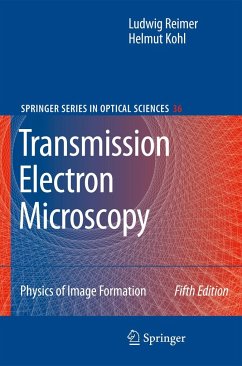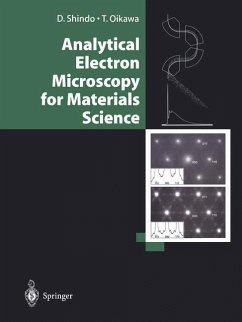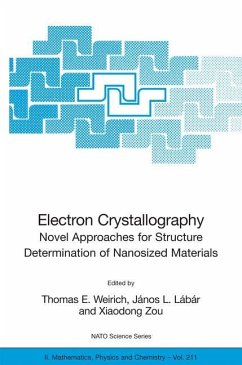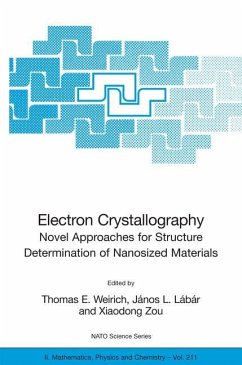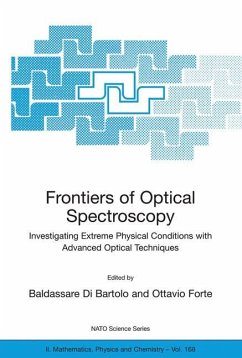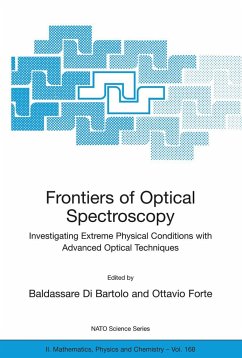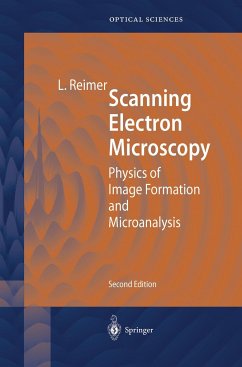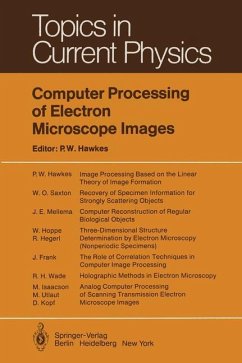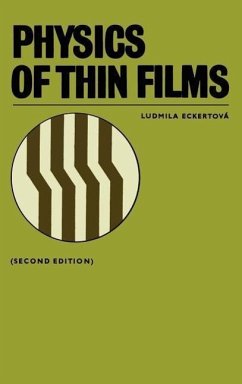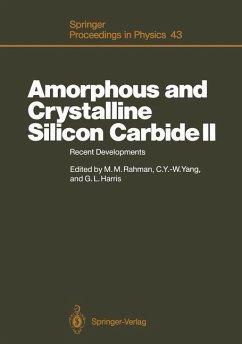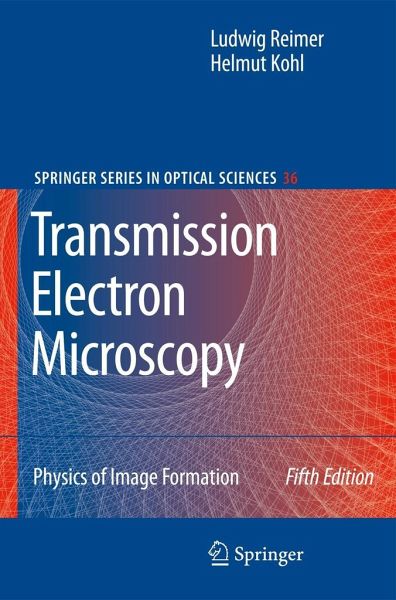
Transmission Electron Microscopy
Physics of Image Formation
Versandkostenfrei!
Versandfertig in 6-10 Tagen
136,99 €
inkl. MwSt.
Weitere Ausgaben:

PAYBACK Punkte
68 °P sammeln!
Transmission Electron Microscopy presents the theory of image and contrast formation, and the analytical modes in transmission electron microscopy. The principles of particle and wave optics of electrons are described. Electron-specimen interactions are discussed for evaluating the theory of scattering and phase contrast. Also discussed are the kinematical and dynamical theories of electron diffraction and their applications for crystal-structure analysis and imaging of lattices and their defects. X-ray micronanalysis and electron energy-loss spectroscopy are treated as analytical methods. Specimen damage and contamination by electron irradiation limits the resolution for biological and some inorganic specimens. This fifth edition includes discussion of recent progress, especially in the area of aberration corrector, and energy filtering; moreover the new topics of the fourth edition have been updated again.
The aim of this monograph is to outline the physics of image formation, electron-specimen interactions, and image interpretation in transmission el- tron microscopy. Since the last edition, transmission electron microscopy has undergone a rapid evolution. The introduction of monochromators and - proved energy ?lters has allowed electron energy-loss spectra with an energy resolution down to about 0.1 eV to be obtained, and aberration correctors are now available that push the point-to-point resolution limit down below 0.1 nm. After the untimely death of Ludwig Reimer, Dr. Koelsch from Springer- Verlag asked me if I would be willing to prepare a new edition of the book. As it had served me as a reference for more than 20 years, I agreed without hesitation. Distinct from more specialized books on speci?c topics and from books intended for classroom teaching, the Reimer book starts with the basic principles and gives a broad survey of the state-of-the-art methods, comp- mented by a list of references to allow the reader to ?nd further details in the literature. The main objective of this revised edition was therefore to include the new developments but leave the character of the book intact. The presentation of the material follows the format of the previous e- tion as outlined in the preface to that volume, which immediately follows. A few derivations have been modi?ed to correspond more closely to modern textbooks on quantum mechanics, scattering theory, or solid state physics.





